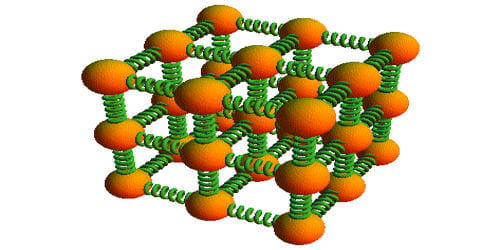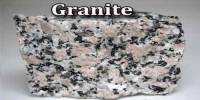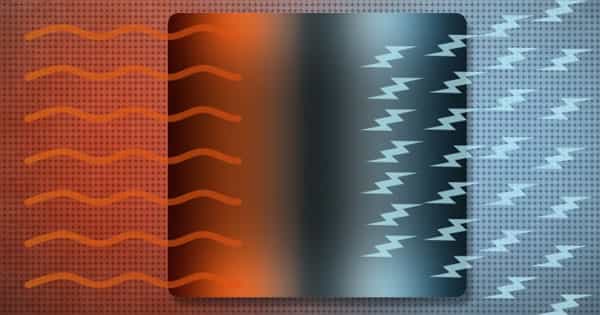Quantum Solid is any of a class of solids (such as that of helium) whose atoms or molecules undergo large zero-point motion even in the quantum ground state (at absolute zero). In physics, a quantum solid is a type of solid that is “intrinsically restless”, in the sense that atoms continuously vibrate about their position and exchange places even at absolute zero.
Due to the large quantum effect, solid helium shows various interesting properties which are quite different from other classical solids and is called a quantum solid. The archetypal quantum solid is low-density solid helium. It is a solid that exhibits quantum effects on the macroscopic scale.
A quantum solid is intrinsically ‘restless’, in the sense that atoms continuously vibrate about their position and exchange places even at the absolute zero of temperature. It is well known that the quantum properties of individual atoms can be controlled and manipulated by laser light. It is any of a class of solids (such as that of helium) whose atoms or molecules undergo large zero-point motion even in the quantum ground state (at absolute zero). Solids in which the quantum-mechanical wave functions of individual atoms overlap the wave functions of neighboring atoms in the quantum ground state of the system. Even large clouds of hundreds of millions of atoms can be pushed into the quantum regime, giving rise to macroscopic quantum states of matter such as quantum gases or Bose-Einstein condensates, which nowadays are also widely used in quantum technologies. The spatial extension of the wave functions is called zero-point motion since the location of the atoms cannot be determined within the width of the wave function even at the absolute zero of temperature. An exciting next step is to extend this level of quantum control to solid-state objects. In contrast to atomic clouds, the density of a solid is a billion times higher and all atoms are bound to move together along the object’s center of mass. In that way, new macroscopic quantum states involving large masses should become possible.
The zero-point motion becomes large when the constituent atoms have a small mass and the attractive force between them is small. The isotopes of helium have the weakest interaction of any atom or molecule. The root-mean-square zero-point motion in those solids is approximately 25% of the mean distance between atoms. This zero-point motion results in some very unusual properties that are manifestations of the quantum statistical mechanics of many-particle systems. The properties of solid helium are currently an active subject of research with some fundamental questions remaining unanswered.
















